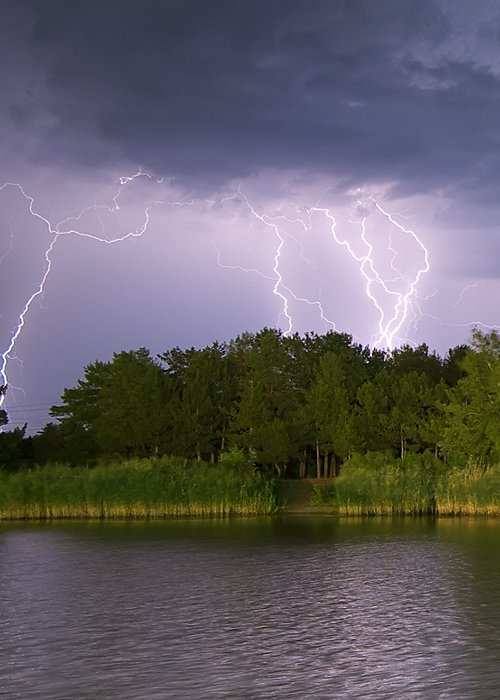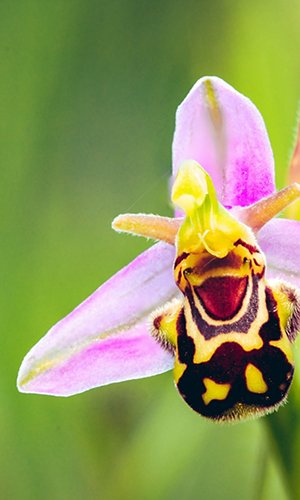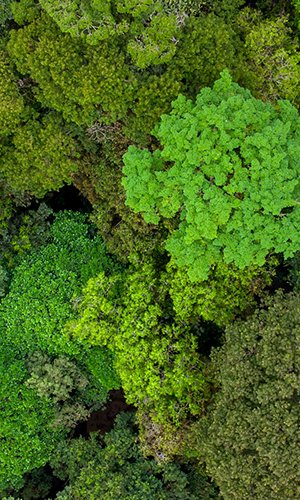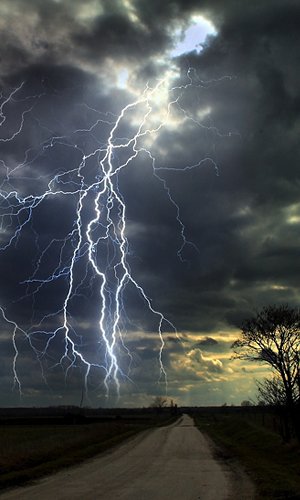In Panama’s rainforests, scientists have discovered that the tree species Dipteryx oleifera not only survives lightning strikes, it may even thrive because of them. While lightning is often destructive in forests, killing or damaging trees, this species seems to benefit from such events. According to a new study in New Phytologist, lightning damages surrounding vegetation and parasitic lianas clinging to Dipteryx oleifera, while the tree itself remains unharmed. The study observed that although many large trees die from lightning, Dipteryx oleifera shows no damage. In tropical forests, lightning is a leading cause of tree mortality, particularly among large, old trees that play a crucial role in carbon storage and biodiversity. Understanding how lightning shapes forest structure and species composition could shed light on these ecosystems’ resilience to climate change. To pinpoint lightning strike locations, researchers developed a high-resolution detection system using a network of antennas across central Panama. By combining these data with field observations and drone imagery, they tracked affected areas and monitored tree health over time. Observations revealed that Dipteryx oleifera consistently displayed minimal to no damage after lightning events. Analysis of decades of forest plot data showed that living near a Dipteryx oleifera poses a quantifiable risk to other trees, which are significantly more likely to die than if they were near any other large old tree in the forest. On average, each lightning strike killed over 2 tonnes of surrounding tree biomass and nearly 80% of the lianas infesting the tree’s canopy. Gora suspects the trees’ lightning resistance may be due to physical structure. Earlier studies suggest the species has high internal conductivity, allowing lightning currents to pass through without generating harmful heat, much like a well-insulated wire. Given its towering height (up to 40 metres) and centuries-long lifespan, a single Dipteryx oleifera tree may be struck by lightning at least five times during its adult lifetime. Each strike helps eliminate vines and competitors, opening the canopy and fostering its growth. Researchers estimate that being struck could increase seed production by a factor of 14 over the tree’s lifetime, offering a major reproductive edge. These findings may also apply to other species, especially in sparse woodlands where tall trees are more exposed. Some trees even survive wildfires, becoming prime targets for lightning. These survivors can live for centuries.




